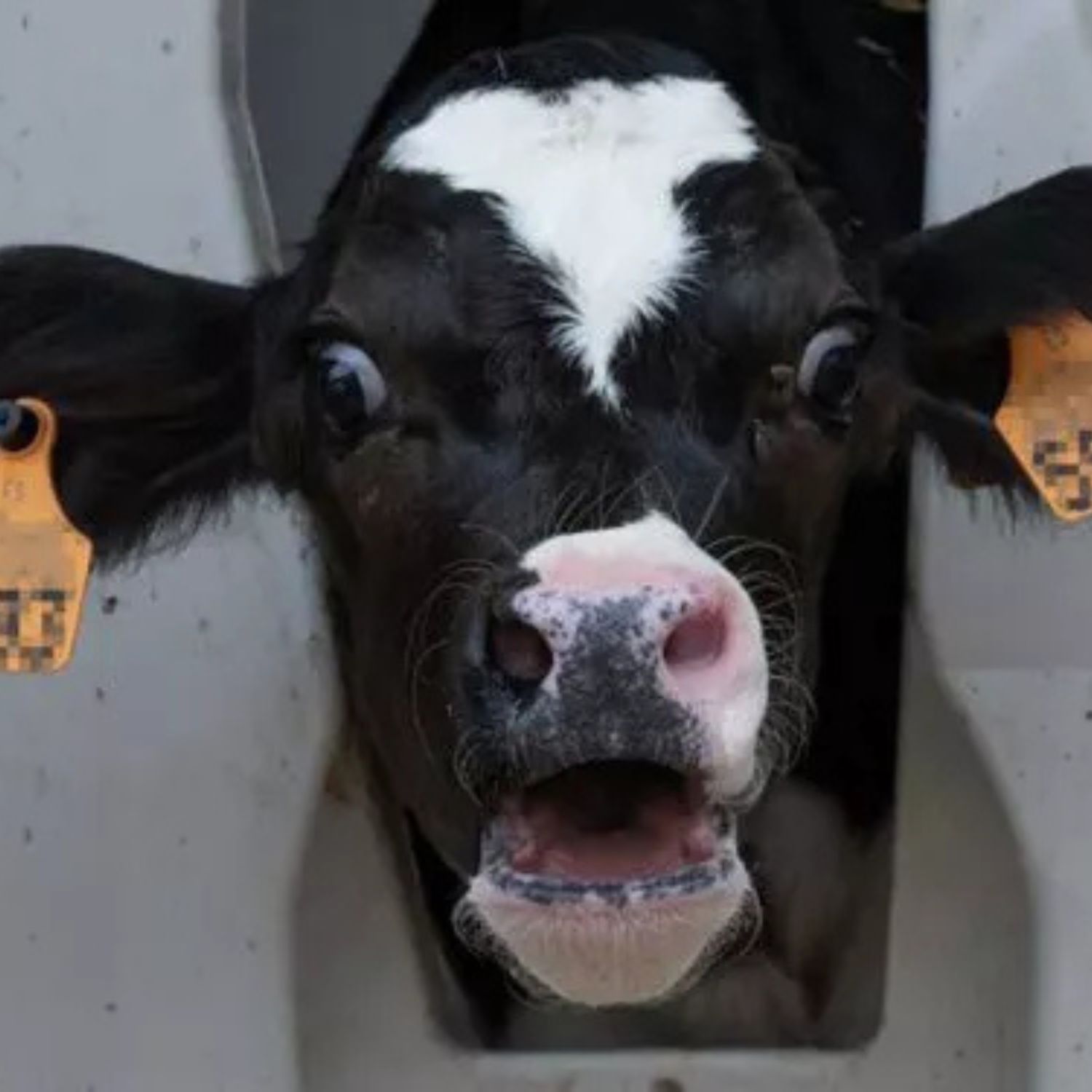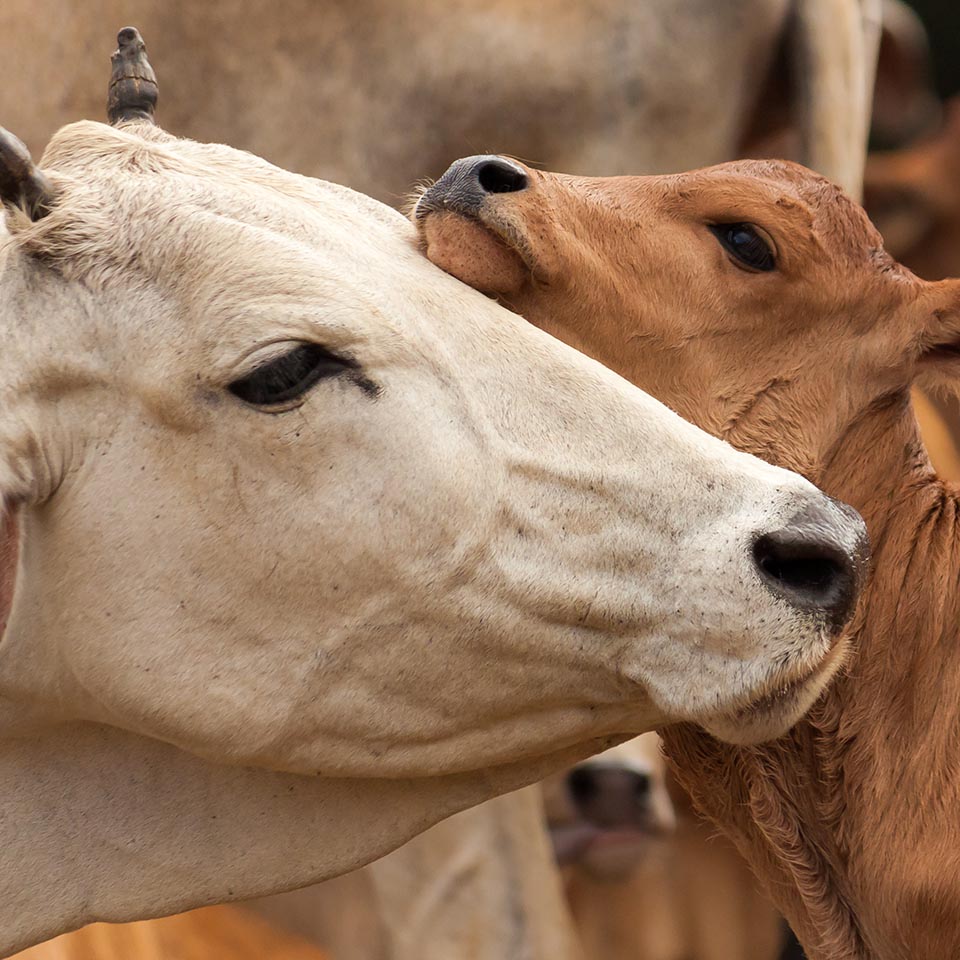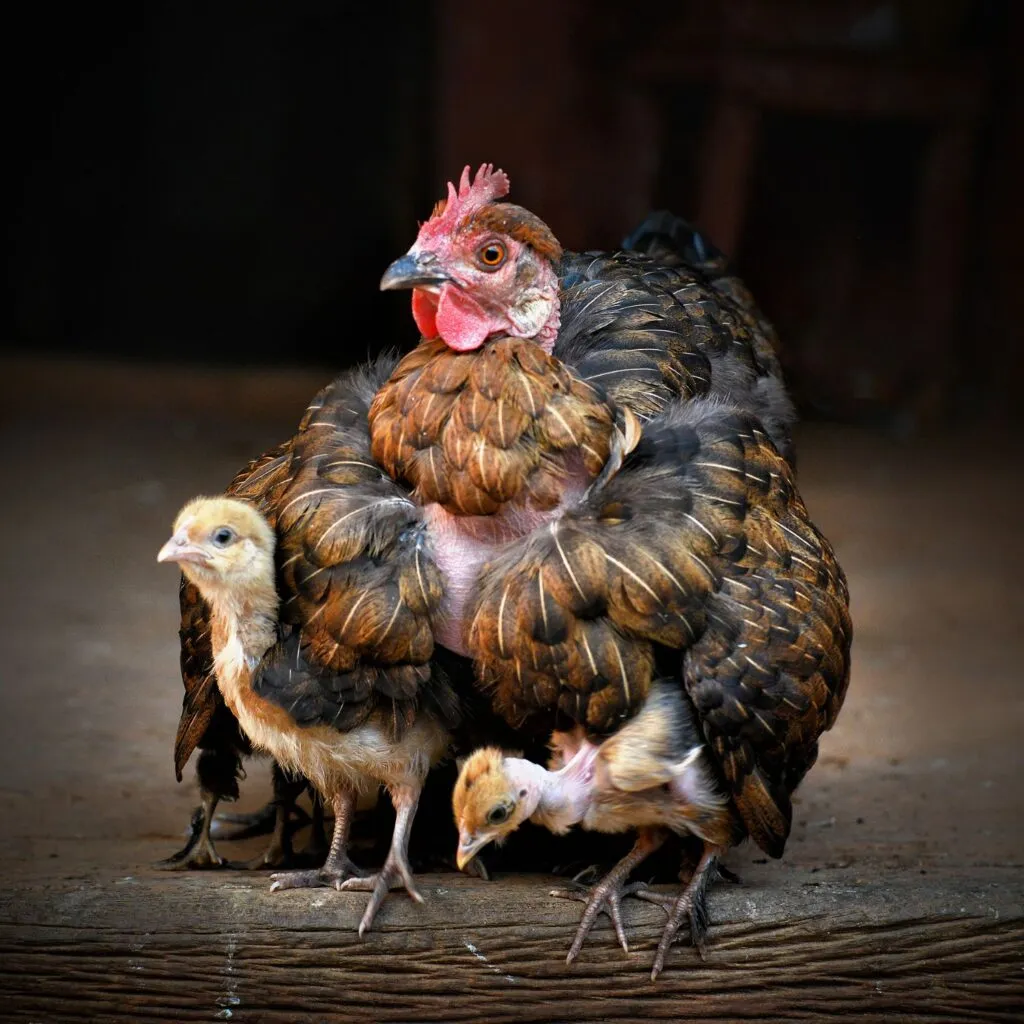

Shocks, chains, and early slaughter: Inside the dairy industry
What really happens behind closed farm doors? Investigators uncovered cows chained by their noses, shocked with electricity, and separated from their newborns moments after birth.
- Animal Equality investigated 11 dairy farms in Asturias, a region in northern Spain.
- On these farms, cows were blindfolded and forced to move by electric prods. Others were chained to the ground by their noses.
- Calves were force-fed through tubes, and mothers cried out for days after separation.
- Cows were repeatedly impregnated, used for production, and slaughtered when no longer profitable.
- Images from the investigation are now on display in Madrid’s metro, expected to reach over 5 million commuters in two months.
Between November 2023 and February 2024, Animal Equality documented routine cruelty on 11 dairy farms in northern Spain.
Investigators found calves force-fed through tubes, cows tied to the ground by metal nose rings, and mothers crying out for their newborns after separation.
These scenes are now being shown to millions in Madrid’s metro system, where images from the investigation have appeared in high-traffic stations.
Chained, prodded, controlled
On several farms, cows were kept on short chains and dragged into position for milking. To control where they defecated, farmers used devices that delivered electric shocks as a form of punishment.
Some cows were anchored to the ground by metal rings pierced through their noses. Others had their eyes covered while workers used electric prods to force movement.
Cows suffering from lameness—often caused by confinement—were shocked to force them into hoof-trimming restraints.

Forced impregnation and separation
Each farm used artificial insemination to produce female calves, who were bred to replace their mothers in milk production.
Calves were taken from their mothers shortly after birth, often before they could drink colostrum—the first milk that helps build their immune system. Many were fed formula through tubes forced down their throats.
Like all mammals, cows produce milk to feed their young. In dairy, that bond is broken so the milk can be sold.
Separation caused visible distress. Footage shows mothers pacing, resisting, and calling out for days. Calves, desperate for comfort, sucked on bars, walls, and workers’ hands.
Most male calves were slaughtered within months to produce veal.

The common steak you see at the butcher shop is definitely from a dairy cow… [T]he juicier the meat, the better the price… – Dairy farm worker
Exploitation is the business model
On these farms, cows were milked up to three times a day. After giving birth, they continued producing milk for months. Before their bodies could fully recover, they were impregnated again—often while still lactating.

As a result, many were milked daily throughout most of their pregnancies, stopping only a few weeks before giving birth again.
They are milk-making machines. — Dairy farm worker
Farmers reported that milk production per cow has more than doubled in the past 30 years due to selective breeding.
This constant output often led to mastitis—a painful udder infection caused by overuse, poor hygiene, or injury.
Conditions were filthy. Flies swarmed the animals, and many cows showed clear signs of stress and illness.
Milked, spent, slaughtered
Cows can live up to 25 years. But in the dairy industry, most are slaughtered by age four to six—after just a few pregnancies—when their milk production drops.
Many are killed even sooner due to infertility, birth complications, or lameness caused by confinement.
Madrid metro campaign reaches millions
In May 2025, Animal Equality launched a public awareness campaign in Madrid’s metro system. Images from the recent investigation were shown in three major stations: Alonso Martínez, Guzmán el Bueno, and Canal.
The campaign is expected to reach over 5 million people in just two months. Spanish actress Elisabeth Larena has publicly supported the effort.
The campaign also ran in the Mexico City Metro–the country’s busiest transit system–with billboards in three key stations: Chapultepec, Pantitlán, and Tacuba.

Deadly dairy in India
These cruel practices are not confined to Spain; animal in dairies across the world suffer from this horrible fate. Several investigations of ours in India expose how animals are left to suffer without veterinary care, they are hit with sticks or chains, punched, kicked and subjected to sexual abuse as workers shove their fingers inside the cows’ sensitive genitals and male calves and females giving less milk are sold to slaughterhouses. Please sign our petition asking the government to introduce measures recommended by us to reduce the suffering of animals in dairies.
A taste of what’s possible
Ending factory farming takes public pressure—but it also takes practical steps in our daily lives.
Around the world, more people are choosing dairy-free alternatives like plant-based milks, yogurts, and cheeses. We don’t have to sacrifice our taste or nutrition; there are a variety of plant-based options available today. Visit Love Veg to learn more about plant-based diet.

DEFEND MOTHERHOOD
A cow’s maternal instincts foster a gentle bond with her vulnerable calf. Preserve this tender relationship by choosing plant-based alternatives to dairy products.
Recommended



